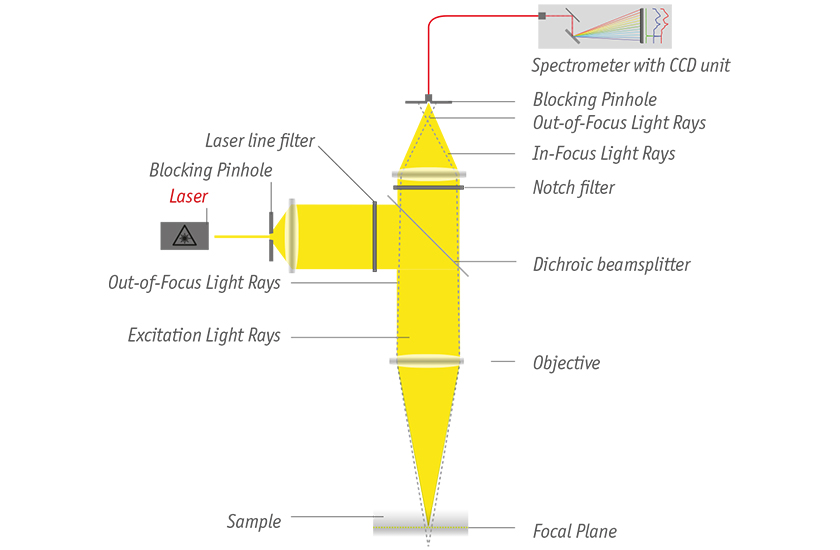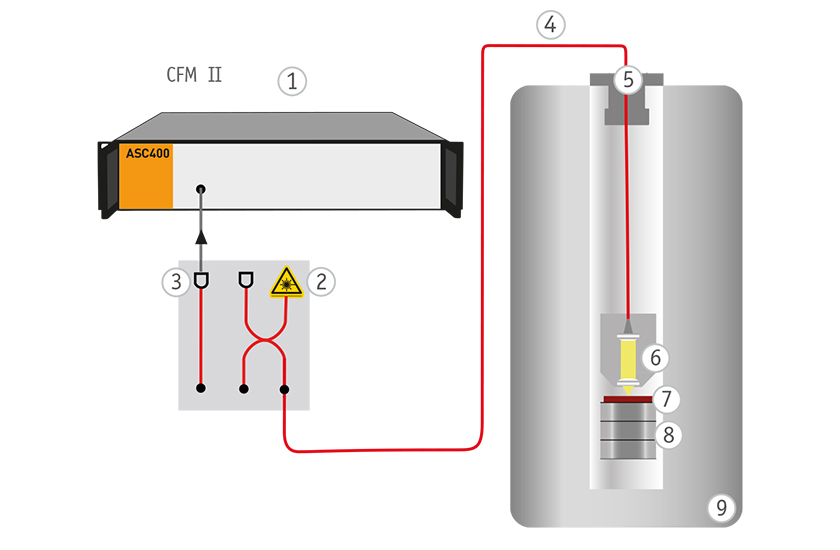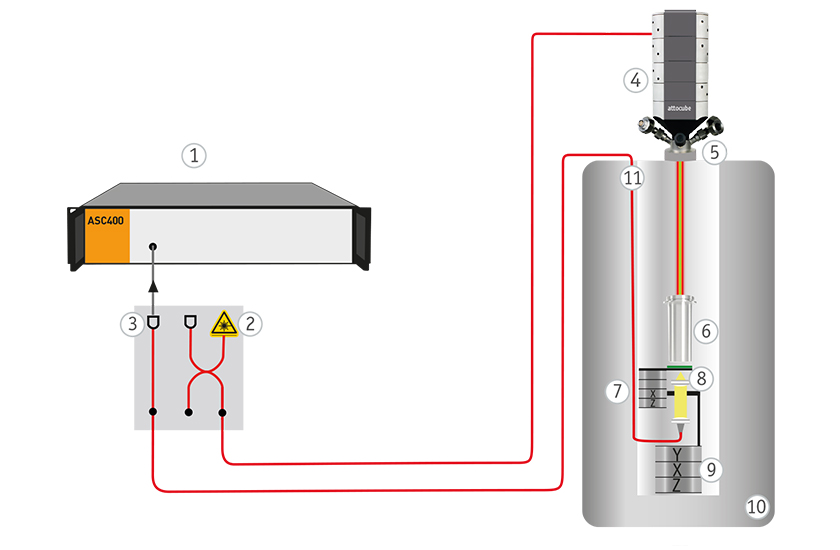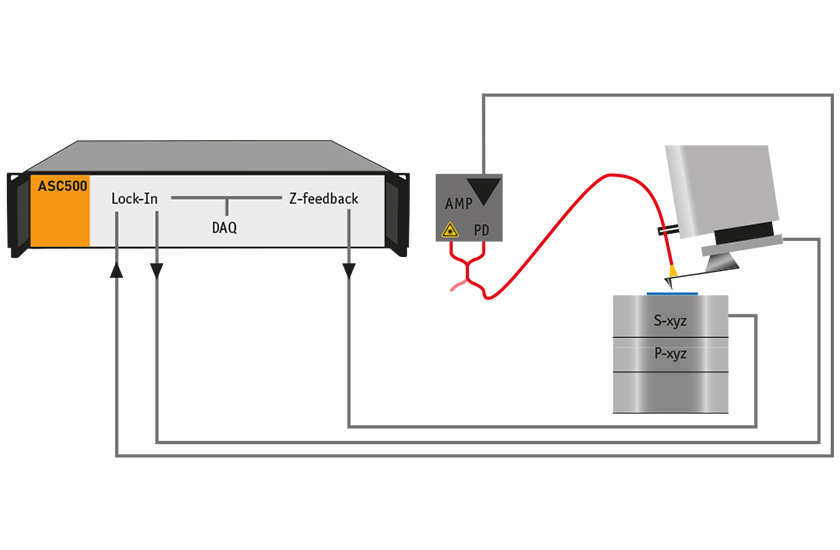
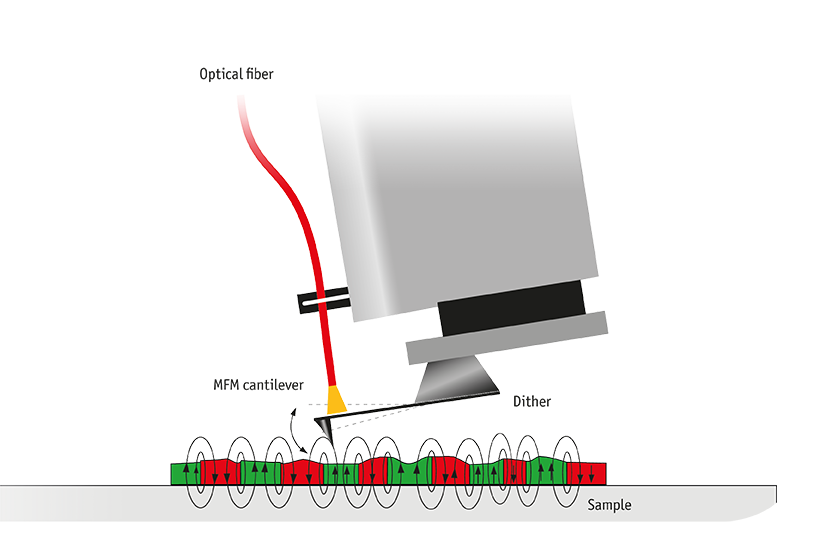
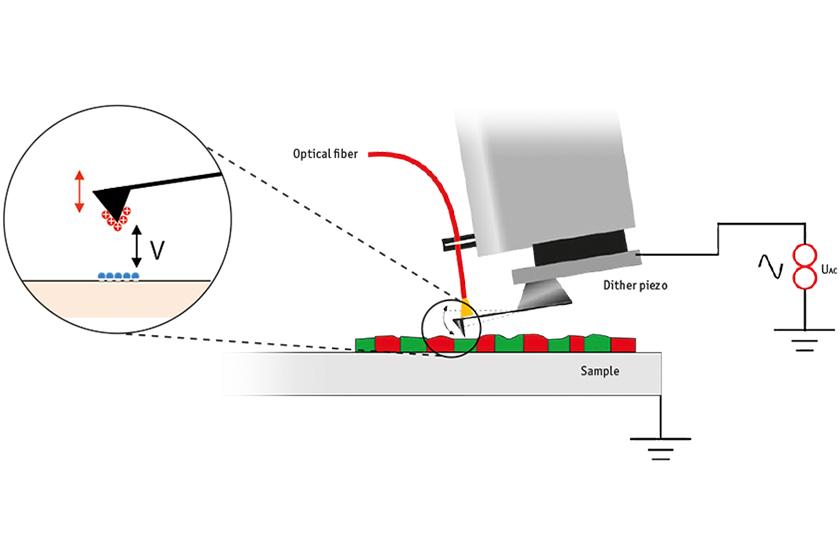
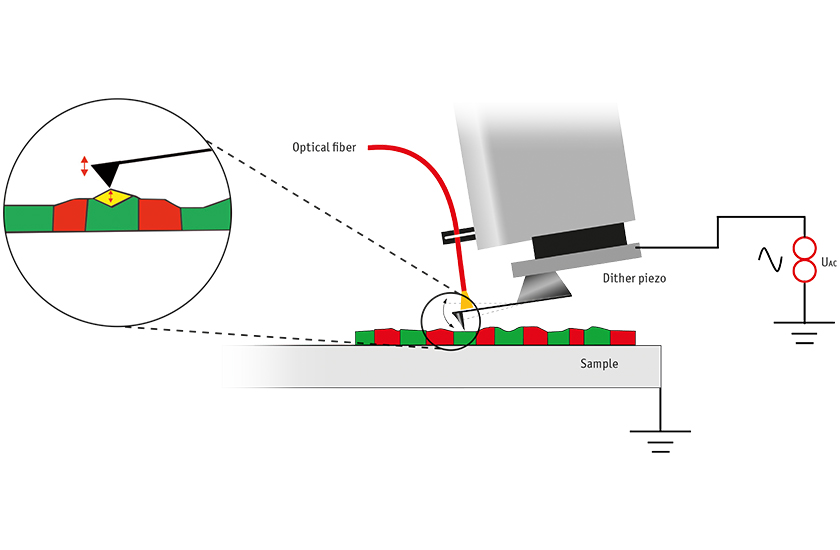
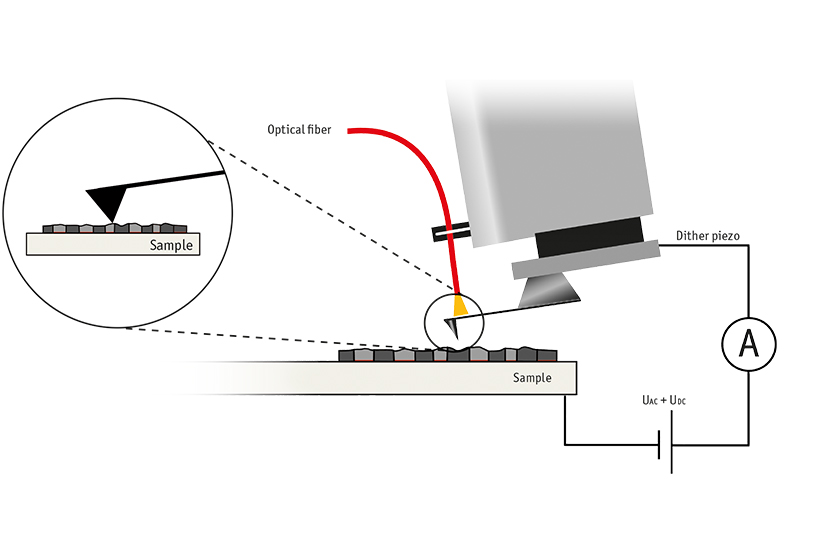
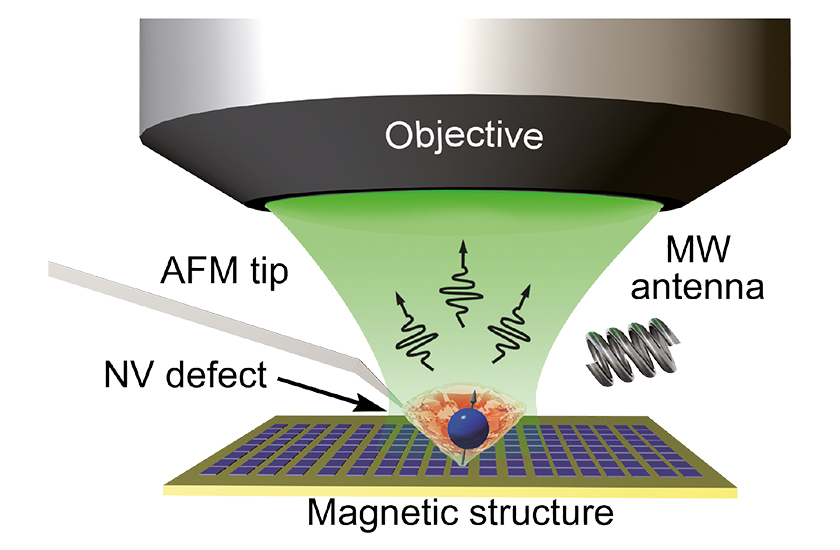
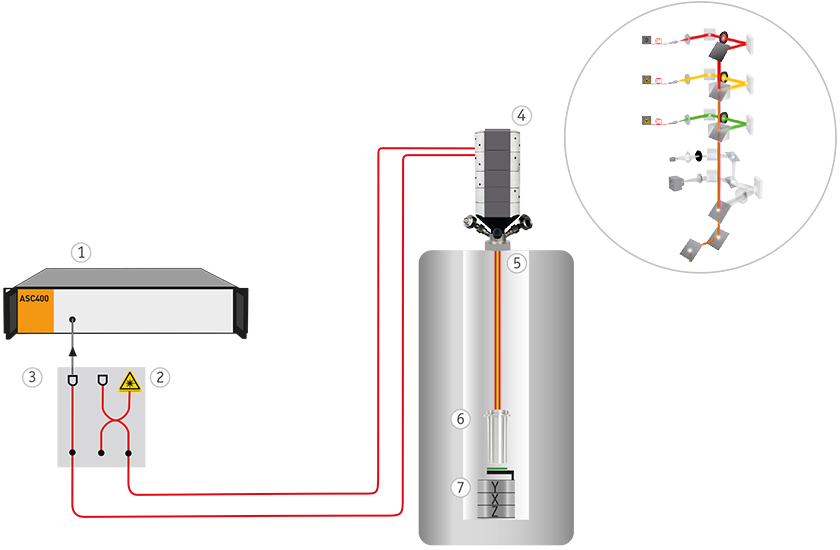
Confocal Microscopy (CFM) | Free-Beam Setup
Confocal microscopy is the most common instrumental technique in quantum optics to investigate semiconductor quantum dots, single molecules, color centers in diamond, photonic crystals, nanowires, quantum wells, 2D layered materials (graphene, chalcogenides) and many more. Often, the quantum nature of light emission requires cryogenic temperatures for the samples under investigation.
